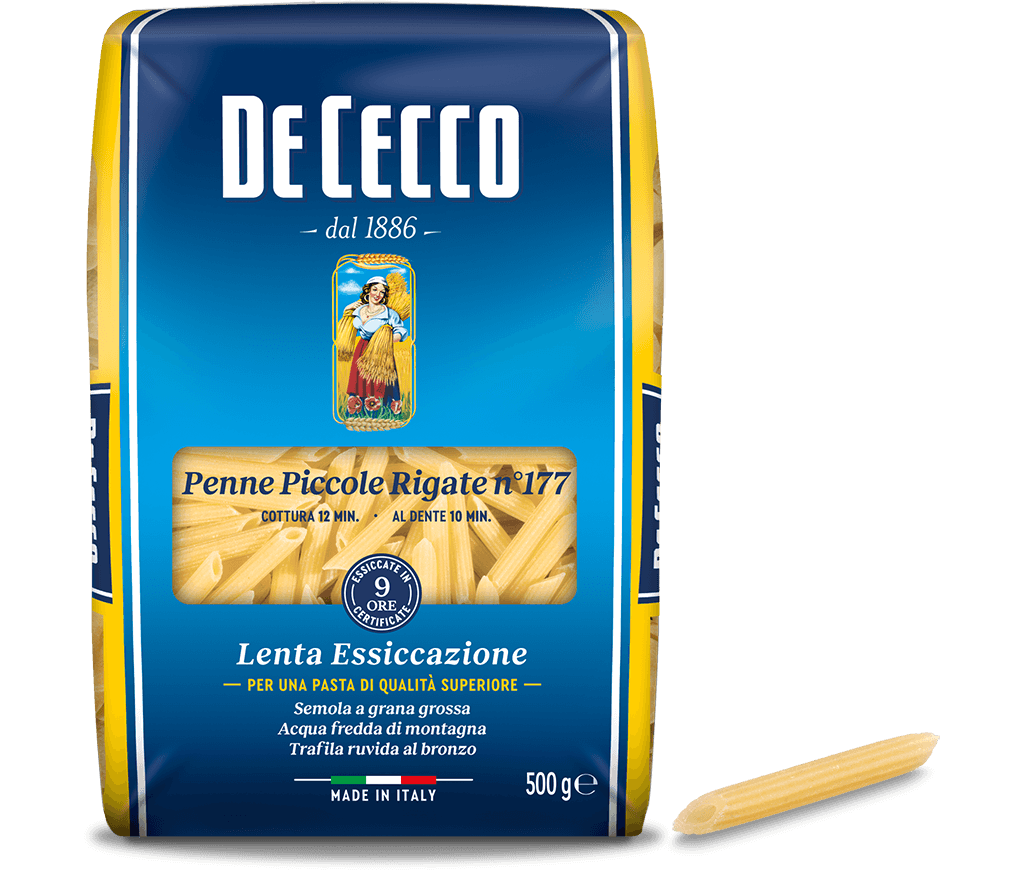Lumachine n° 180
Pasta shapes that resemble small animals found in the garden or in fields are not uncommon.
Some people claim that Lumache (snails) can be traced back to the tradition of Roman cooking while others maintain that this type of pasta originated more generically from the central-southern part of Italy.
Lumachine (little snails), a smaller variation of the classic Pipe, are a whimsical shape and have always been considered a great pasta for any kind of sauce for all the family because children love it too thanks to its small, attractive shape.
Lumachine are best used in broths, or in vegetable or bean soups. This pasta is also excellent for preparing very delicate pasta dishes with light tomato and basil sauces.
Available in 500g pack.s
- Cooking time: 6 min
Guarda il video
Our method
Attention, care, experience, quality at every stage: from our mill to your table.
You may also be interested in
Fedelini n° 10
The origin of Fedelini can be traced back to parts of Liguria and the province of Savona at the beginning of the 14th century with the start of the production of macharoni and tria, also called fidej. They are extremely thin which is how they can still be distinguished from spaghetti.
Simple condiments are recommended for this type of pasta. It is excellent combined with butter dressings, such as uncooked butter and cheese, or melted butter with sage and cheese. Egg or fresh raw tomato based sauces are also excellent. Another way to enjoy Fedelini is in a light, chicken broth. In addition to broths and pasta dishes with sauces, this pasta is also used to prepare oven-baked dishes in the Naples region.
Available in 500g pack.s
Find out more






